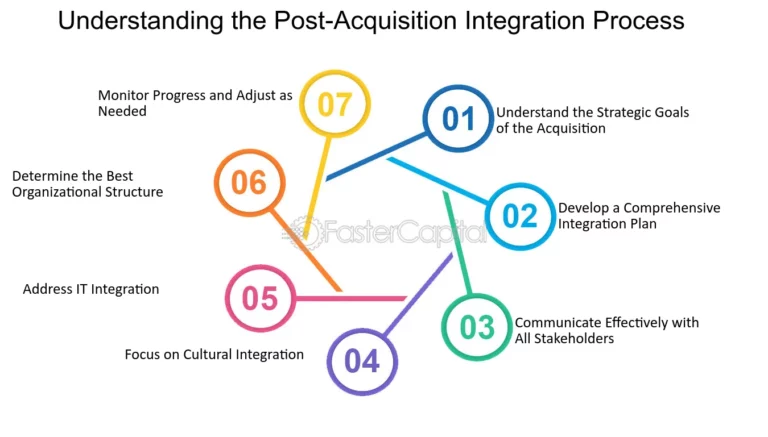What Makes Software and Game Localization Alike?
The localization process involves translation but is much more than translating the words. When it comes to localizing games and software it is even more challenging and requires a sound understanding of the relevant industry and how it functions. A simple word from one culture can hold a whole significance and context in the other. The point is to localize the content accurately and appropriately considering the target audience’s culture and trends along with marketing norms. Localizing the games and software asks for pure immersion in the gaming and software working. It also involves in-depth insights into the key values important in the process. Moreover, context is pivotal for the localization of games and software.
Software and game localization services are similar in a way that they both involve the adaptation of content for a specific region and divergent language. This includes translation, but it also goes beyond that to include cultural and regional adaptation. A game that is set in the United States might need to be localized for a European market by changing the currency, date format, and other important elements.
Similarities Between The Software And Game Localization
Here are some of the factors that shed light on the similarities between game and video localization:
Both Involve Translation
Game and software localization services are prerequisites for the process of localization. The makers have to work with the translation first in order to make it ready for the process of localization and to undergo the changes required. All the data and text in the game require translation into the target language. It also addresses the in-game dialogue, user interface, disclaimer, and other information that appears in the game and software.
Text and Audio Translation
Professional translation services are evident for text and audio translation. This is a basic need and also a striking similarity between both processes. When it comes to story-based games, people who do not speak the English language can not enjoy the language and story. Likewise, if the potential users have limited English proficiency, they can barely understand the functions of software mainly developed for an English-speaking audience.
It is also important to be mindful of the fact that games and software translation services are challenging tasks and only experienced translators with subject matter expertise can nail this challenge effortlessly.
Both Involve Cultural Adaptation
Cultural adaptation is a must for software and game localization services. Both have a similar function where with the help of software translation services things get smoother for an effective localization process. A game that has been built and developed for the US audience can require changes before presenting it to Asian audiences.
It requires the following changes mainly:
- Translation of the text spoken from original to target language
- Adaptation of the cultural references including humor element too
- Monitoring explicit text depending on restrictions and considering social taboos of the target audience
- Modifications in the characters of the game in case of game localization services as per the region’s trends
- Hardware differences between different regions
Both can be Complex and Time-Consuming
Localization is not just a matter of translating the text. It also requires a sound understanding of the target culture and language. This can be a complex and time-consuming process, but it is essential for ensuring that the game or software is successful in the target market.
Game and software localization are technical processes. These often get complex and also a time-taking process. Professional translation services are crucial for both procedures. The modification of the dates, times, and measurements unit is important to look into while localizing the technical terms. For an immersive and user-friendly gaming experience considering the important factors is imperative. The team and experts also have to consider the complexities that come with software localization.
Major Differences Between Software and Game Localization
Here are some of the differences between game and software localization:
Complexity grounds
The games tend to be more complex than software. Games have a lot of text, and the text is integral to the gameplay. This indicates that the localization process for a game can be more complex than the localization process for a video.
Interactive Element
Softwares are less interactive as compared to games. The interactive element is more involved with the games because players of a game have to interact and communicate with the help of text in order to navigate through the challenges of the game. This further implies that the localization experts need to consider the game needs and also the use of text by the players variably.
Competitive Edge
Games have a more competitive edge. This element is important in the case of the games. Players compete with each other to enjoy the thrill and competition of the game. This also tells that the localization process should address the concerns of the text. It should be fair, balanced, and comprehensible for all players.
Conclusion
Game and software localization are similar in many ways. However, there are also some key differences between both. The main similarities include the need for translation, cultural adaptation, and complex and time-consuming. A few factors that differ in both procedures are the complex nature of games, interactive elements, and competitive edge. These differences are important to understand when planning a localization project for game software.




